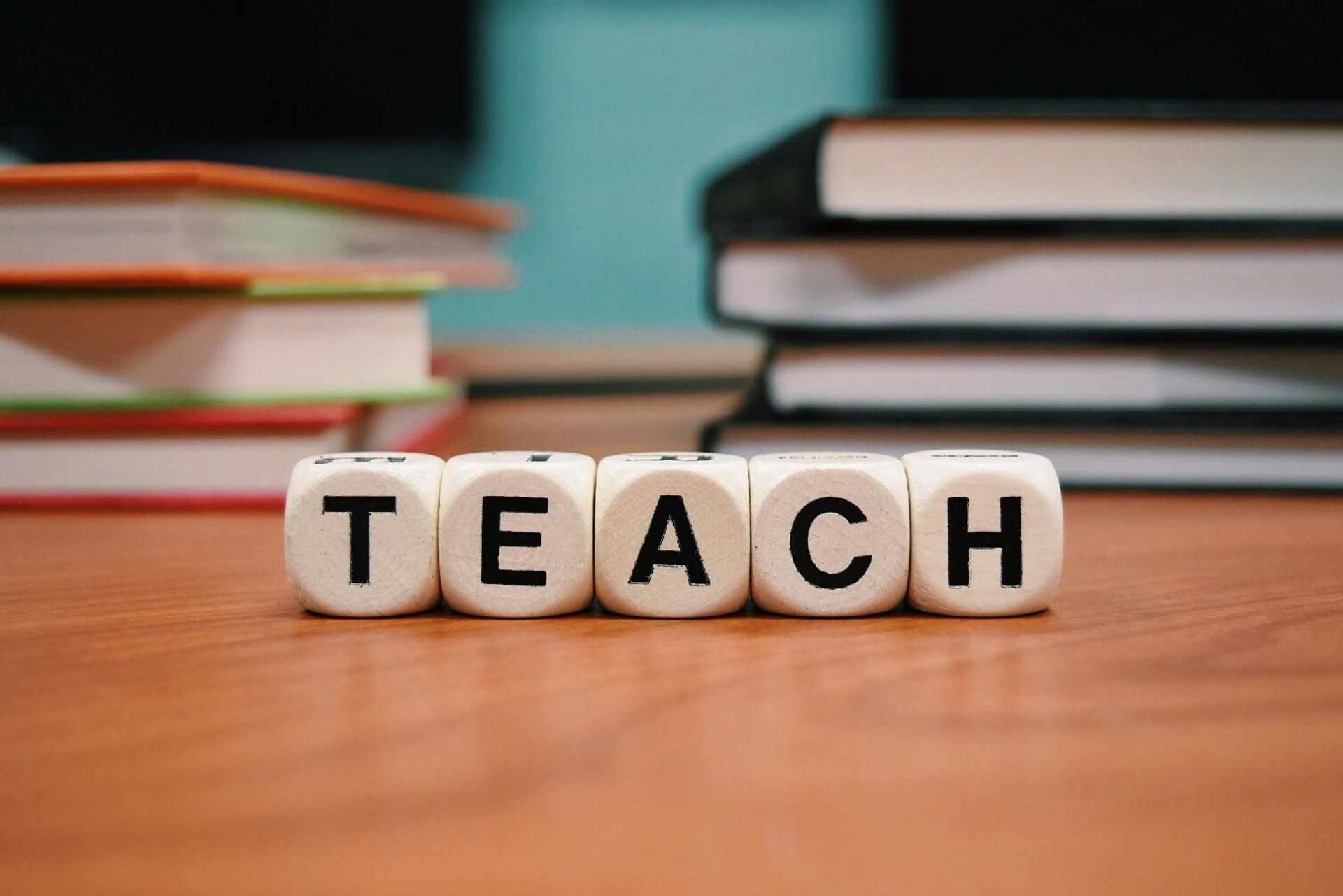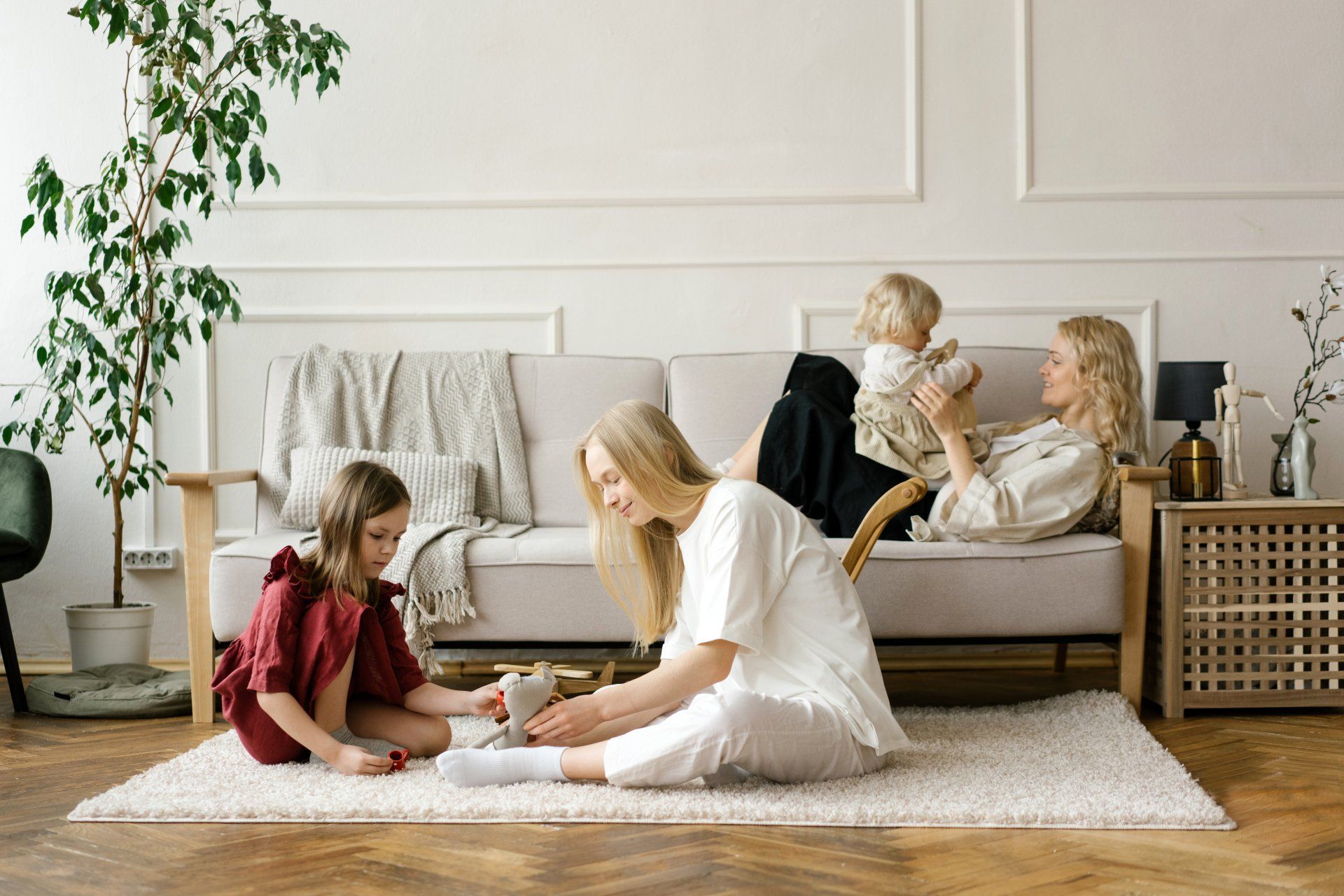what were the trends in education for
2023 and how they have developed in 2025

3 min read
by Justine Murray
Share
Australia’s Early
Childhood Education:
From Tech Experiments to Safety Reforms (2023–2025)
Australia’s early childhood education system has been undergoing profound transformation over the past two years. What began in 2023 as an era of rapid experimentation with hybrid learning, gamification, and artificial intelligence has, by 2025, evolved into a more regulated, safety-driven, and balanced approach to care and education. For parents, teachers, and even the nanny industry, these shifts signal not just changing classroom practices, but a wider re-shaping of how society values and protects its youngest citizens.
This investigative report examines the differences between 2023 and 2025, weaving together the earlier enthusiasm for technology with the new realities of regulation, affordability, and a stronger emphasis on human connection.
The Landscape in 2023:
Technology at the Forefront
Two years ago, the narrative in early childhood education revolved around technology. Educators and policymakers were still absorbing the lessons of the pandemic, where remote learning proved both possible and problematic. The idea of hybrid learning combining in-person and online teaching began to make its way into early education, with mixed success. Parents valued the flexibility, but the social and developmental costs for preschoolers were evident.
Meanwhile, gamified learning apps and AI-driven tools were promoted as the future of engagement. Story-reading apps, interactive math games, and coding basics for toddlers became mainstream in preschools across Australia. The message was clear: digital tools were no longer reserved for older students. Even in nurseries, tablets and phones were presented as educational gateways.
Alongside this surge in technology came a heightened awareness of mental health. Emotional regulation and well-being programs were introduced into early years frameworks, reflecting growing evidence that young children were not immune to stress, upheaval, and isolation. Teachers began actively incorporating mindfulness, breathing exercises, and emotional awareness activities into daily routines.
STEM programs, already a national priority, continued to filter down to the earliest levels of education. Teaching basic numeracy, problem-solving, and logical thinking was viewed as essential preparation for a competitive digital future.
The Shift by 2025:
From Gadgets to Guardrails
Fast forward to 2025, and the sector looks markedly different. While technology has not disappeared AI is now deeply embedded in lesson planning and learning assessment the headlines are dominated by something else: safety and accountability.
The introduction of a national educator register marked a turning point. For the first time, all educators are required to be logged in a centralised system, with training and qualifications verified against government standards. This reform was accompanied by mandatory child safety training and, controversially, trials of CCTV cameras in childcare centres.
The justification? A series of high-profile incidents and growing pressure from parents and advocacy groups demanding transparency. While some educators argue the measures erode trust, others point out that such reforms align early education with other heavily regulated sectors like healthcare.
For families, the shift represents reassurance. For educators, it marks a new era of scrutiny. And for the nanny industry, the ripple effects are clear: families are now more likely to expect similar levels of documentation, compliance, and visible accountability from in-home carers.
Affordability and Access:
A Billion-Dollar Pledge
In 2023, affordability was one of the most pressing issues for parents. High childcare costs locked many families especially women out of the workforce. By 2025, the federal government responded with a $1 billion investment into new early learning centres, expanded subsidies, and the removal of activity tests that once restricted access.
This expansion has widened access to subsidised care and reduced the pressure on private families to seek alternatives. Yet paradoxically, it has also increased demand for in-home support. Families who previously could not afford any form of help now mix subsidised care with part-time nanny services, creating a hybrid support model. Nannies are no longer a luxury reserved for the wealthy; they are increasingly part of a middle-class family’s patchwork of childcare solutions.
Artificial Intelligence:
From Novelty to Utility
The conversation about AI has matured considerably since 2023. Back then, AI was seen as experimental fun apps and adaptive tools that promised engagement but left many educators sceptical. In 2025, AI is entrenched not as a gimmick but as an essential assistant.
Educators now use AI to design lesson plans tailored to children’s developmental needs, track progress, and even flag emotional or behavioural concerns. AI-powered chatbots provide emotional support tools for older preschoolers, helping them name and manage feelings.
However, a new debate has emerged: how much AI is too much? After years of increased screen exposure, both parents and educators are experiencing what experts call “tech fatigue.” There is a growing push for tech-decluttering in classrooms intentionally reducing digital use in favour of outdoor play, hands-on learning, and human interaction.
Inclusivity, Sustainability,
and Holistic Growth
Between 2023 and 2025, early childhood education also embraced broader social and environmental priorities. Programs now incorporate digital literacy, emotional intelligence, and sustainability education as core components. Recycling projects, gardening lessons, and nature-based play are commonplace, reinforcing Australia’s growing identity as a leader in sustainability.
The Reggio Emilia approach and similar philosophies have gained traction, promoting creativity, exploration, and outdoor activity as equally important as literacy and numeracy. This holistic shift recognises that children are not just future workers but whole people who need balance, resilience, and joy in learning.
The Impact on the Nanny Industry
These educational shifts ripple far beyond classrooms. For the nanny industry, the past two years have raised expectations dramatically.
- Compliance as Standard: Families now assume nannies will meet the same compliance benchmarks as educators in formal settings. Working With Children Checks, police clearances, and first aid are no longer optional extras — they are baseline requirements.
- Hybrid Roles: With more families accessing subsidised childcare, nannies are increasingly supplementing rather than replacing daycare. Their roles often extend into afternoons, weekends, or bridging gaps in schedules.
- Mental Health Awareness: Just as teachers are expected to nurture children’s emotional well-being, nannies are now viewed as partners in building resilience and emotional literacy.
- STEM and AI Literacy: Families increasingly ask nannies to integrate age-appropriate STEM activities or even use AI-assisted learning tools at home, reflecting classroom trends.
- Sustainability and Lifestyle Alignment: Parents want caregivers who not only manage routines but also model sustainable practices and encourage outdoor play, echoing broader educational values.
Looking Ahead:
Balance as the New Benchmark
In 2023, the buzzwords were technology and innovation. By 2025, the words are safety, balance, and accountability. The Australian early childhood education system has matured from its experimental tech-driven phase into a more measured, human-centred model.
For nannies, this shift means that technical literacy is still valuable, but emotional intelligence, compliance, and adaptability are paramount. Families want caregivers who can bridge the formal world of regulated childcare with the intimate, flexible support of the home.
The question moving forward is not whether technology belongs in early childhood education it clearly does. Instead, it is how educators, nannies, and families will balance digital tools with human care, accountability with trust, and affordability with quality.
Final Word
Australia’s childcare sector has always been a mirror of broader social priorities. In just two years, the mirror has shifted from shiny devices to steady guardrails. While 2023 was about embracing innovation at any cost, 2025 is about building systems that protect children, empower families, and demand professionalism from every caregiver.
The nanny industry, as an integral part of this ecosystem, will continue to evolve. Those who adapt to the new landscape blending compliance with compassion, tech with touch, and structure with flexibility will not only thrive but help define the future of childcare in Australia.
Frequently Asked Questions
1. What are the biggest changes in early childhood education between 2023 and 2025?
1. What are the biggest changes in early childhood education between 2023 and 2025?
A: In 2023, education trends centred on hybrid learning, gamification, and AI apps for children. By 2025, the focus has shifted toward child safety reforms, affordability, and regulation, including a national educator register, CCTV trials in childcare, and a $1 billion federal investment in early learning centres.
Q2. How has artificial intelligence changed early childhood education in 2025?
Q2. How has artificial intelligence changed early childhood education in 2025?
A: AI has moved from being a novelty in 2023 to an essential tool by 2025. It now supports lesson planning, developmental tracking, and even emotional well-being monitoring. Educators use AI to personalise learning while balancing it with outdoor play and human connection to combat “tech fatigue.”
Q3. Why is child safety such a focus in 2025?uestion
Q3. Why is child safety such a focus in 2025?A: Several high-profile incidents and parental concerns led to stronger regulations. Mandatory child-safety training, educator registers, and CCTV trials have been introduced to improve accountability. These reforms give parents reassurance and align early education with the strict standards of healthcare.
Q4. How has affordability and accessibility improved in childcare?
Q4. How has affordability and accessibility improved in childcare?
A: The Australian Government has invested $1 billion into new centres, expanded subsidies, and removed activity tests. This has made childcare more accessible and affordable for many families, encouraging more parents to return to the workforce while blending subsidised care with nanny services.
Q5. What does this mean for the nanny industry?
Q5. What does this mean for the nanny industry?
A: Families increasingly expect nannies to meet compliance standards similar to formal childcare, including Working With Children Checks, police clearances, and first aid. Nannies are also playing hybrid roles, supplementing daycare hours, supporting mental health, and aligning with families’ values around sustainability and outdoor play.
Q6. Are nannies expected to teach STEM or use AI tools?
Q6. Are nannies expected to teach STEM or use AI tools?
A: Yes, many families now ask nannies to reinforce what children learn in centres, including basic STEM activities and age-appropriate use of AI-powered learning tools. However, the emphasis is on balance, combining structured activities with creativity, outdoor play, and holistic care.
Q7. Is too much screen time still a concern in early childhood education?
Q7. Is too much screen time still a concern in early childhood education?
A: Absolutely. In 2025, educators and parents are pushing back against excessive screen use. The trend is towards tech-decluttering, with a stronger emphasis on outdoor learning, sustainability projects, and human interaction to balance the role of technology.
Q8. How can families ensure they hire the right nanny in 2025?
Q8. How can families ensure they hire the right nanny in 2025?
A: Families should look for nannies with up-to-date compliance documents, strong emotional intelligence, and a willingness to support children’s learning both academically and holistically. Working with a trusted agency ensures candidates are thoroughly vetted, including reference checks, police clearances, and first aid certifications.
READ MORE
🔗Did Australia Ban Tiktok and what affects does that have?
🔗Is it time to rethink childcare
🔗Sign the petition to have childcare subsidy expanded to nannies










